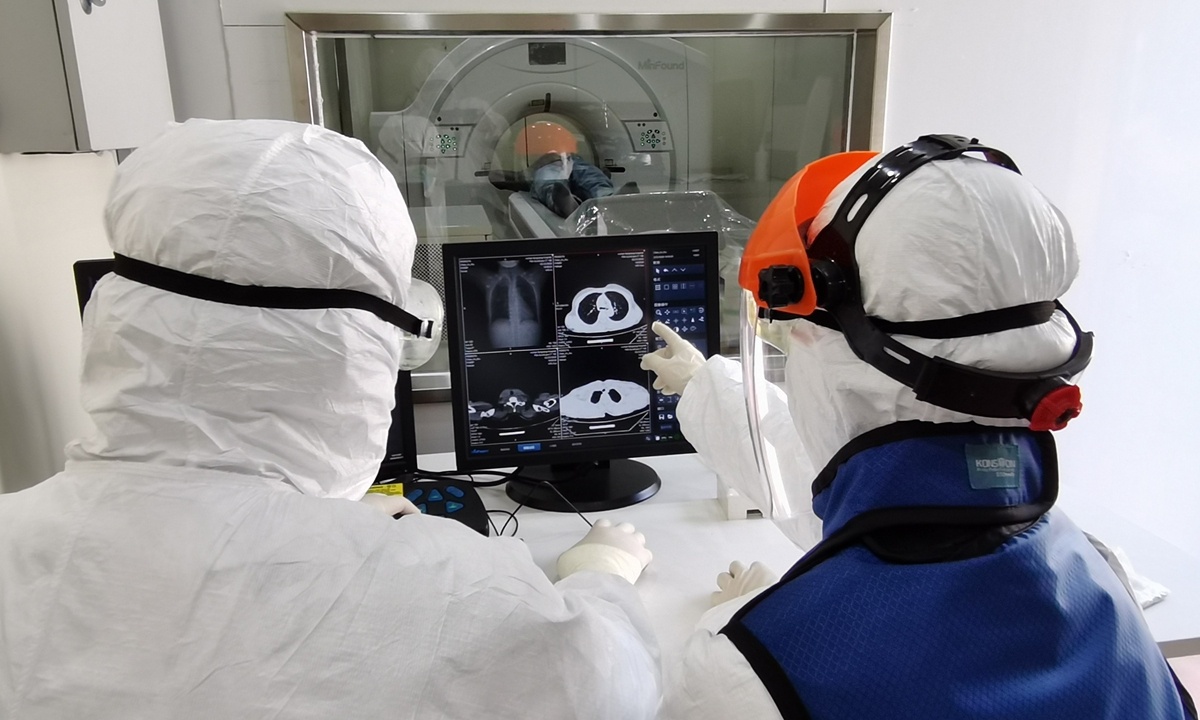China's Lanzhou University has developed the world' first forecast system which is able to predict a COVID-19 pandemic outbreak in more than 190 countries and regions around the world.

File photo: Xinhua
The system was developed by the Collaborative Innovation Center for Western Ecological Safety under the University. According to media reports, the system's model can consider local humidity, temperature and density of population, as well as the prevention measures imposed by the government to analyze and predict the COVID-19 spread globally.
The system was released by Lanzhou University in May, 2020, the first of its kind in the world, and combined statistical-dynamic methods in climate prediction and epidemiological models.
The system can predict the COVID-19 cases in the more than 190 countries and regions where there are COVID-19 data, including the cases number for the next day, next month and the next two quarters. The results are updated every 10 days and are accessible to the world for free.
The system's report has been correct for the outbreak in June last year in Beijing. On June 11, a local flare-up in Beijing lead to 335 new cases, compared to 310 cases predicted by the system. The overall development trend was also in line with the system's prediction. It also gave roughly correct prediction of several other breakouts in China, including in Northeast China's Jilin and Heilongjiang provinces, and North China's Hebei Province.
The system's prediction of global COVID-19 cases has also been close to reality. In November, 2020, the system forecast that the COVID-19 cases in December would reach around 6.78 million, only 3.04 percent higher than the actual cases of around 6.58 million.
Zhong Nanshan, a Chinese pulmonologist and leading advisor in managing the early crisis of COVID-19 in China, has twice acknowledged the system.
The system can not only make predictions, but can also be used for attribution analysis, considering the impact of virus mutations, floods, and protest on the pandemic, providing a scientific basis for studying the COVID-19 and effective prevention and control measures, according to Huang Jianping, one of the professors involved in the project from Lanzhou University.
The system has now been updated for a second time. For the third and fourth versions Huang said that the system will take in the traffic of passengers through ports and airports, and consider the effects of natural disaster and the environmental effects of different areas to improve its efficiency. Teams are also working on developing a grid-based prediction system that can forecast COVID-19 cases from county-level regions perspective.


